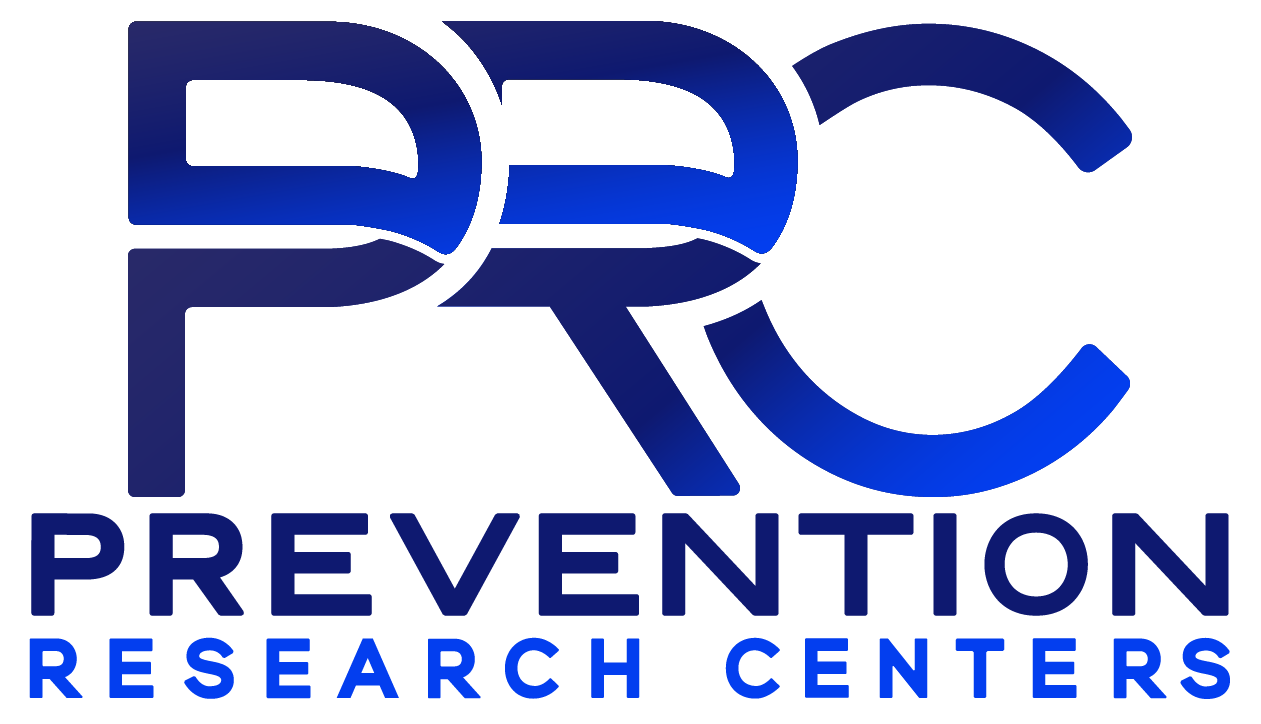Key points
- Since 1986, CDC has funded a network of Prevention Research Centers (PRCs) based in schools of public health or medicine.
- The PRC Network collaborates to move evidence-based solutions into practice across communities experiencing health disparities that stand to benefit most.
- Each PRC conducts a core research project, engaging community partners to address public health priorities and building prevention research capacity.
- PRCs may also apply for Special Interest Projects (SIPs) to explore additional topics of interest.

Overview
Since 1986, CDC has supported and directed a national network of academic research centers called Prevention Research Centers (PRCs). These PRCs are based in schools of public health or medical schools with preventive medicine residency programs.
CDC currently funds 20 PRCs for a 5-year period (2024–2029).
As of 2024, CDC has supported PRCs in 64 schools nationwide.
Purpose
The purpose of PRCs is to conduct applied public health research to improve health outcomes and reduce health disparities in communities across the United States. Their ultimate goal is to translate research findings into practice and policy to promote healthier communities.
Scope
PRC research focuses on populations experiencing health disparities across a wide range of issues.
Populations experiencing health disparities
PRCs focus on populations most affected by health disparities, who do not have the same opportunities as others to lead healthy lives. These populations include:
- Some racial and ethnic groups.
- Low-income individuals.
- People with disabilities.
- People living in rural or remote areas.
Health Topics
PRCs focus on a wide range of health topics including:
- Prevention of chronic diseases and conditions, such as cancer, diabetes, and high blood pressure.
- Promotion of healthy behaviors, such as physical activity and nutrition.
- Reducing risk behaviors and conditions, such as obesity, tobacco use, and social isolation.
- Protecting against severe weather, such as UV overexposure and extreme heat.
- Other critical issues affecting health, such as patient-provider communication.
Approach
Addressing upstream factors. PRCs seek to address health inequities by addressing the nonmedical and structural factors that influence health, such as access to power, resources, medical care, and treatment.
The cornerstone of PRCs is community-engaged research. PRCs collaborate with community partners to address local public health priorities and scale up evidence-based interventions and strategies.
- PRCs have built trust by listening and working with community members at all stages of their research.
- These long-term relationships help PRCs move research into practice more quickly to improve health.
What PRCs do
Each PRC works to:
- Establish and maintain a center to build local capacity for conducting prevention research.
- Engage community members on a core research project targeting chronic diseases and their risk factors.
CDC funds selected PRCs to conduct Special Interest Projects (SIPs) and participate in Thematic Research Networks to explore additional topics of interest and to fill gaps in scientific evidence.
Together, PRCs in the Network collaborate to translate science into action.
National partners help extend and amplify the reach of PRCs to ensure that innovations get broadly disseminated and applied.
National partnerships
These partners collaborate by providing expertise and reaching broad audiences around the country with PRC innovations:
- Association of American Medical Colleges (AAMC).
- American College of Preventive Medicine (ACPM).
- Association of Schools & Programs of Public Health (ASPPH).
- Community Preventive Services Task Force (CPSTF).
- National Association of County and City Health Officials (NACCHO).
- National Association of Chronic Disease Directors (NACDD).
- National Network of Public Health Institutes (NNPHI).
